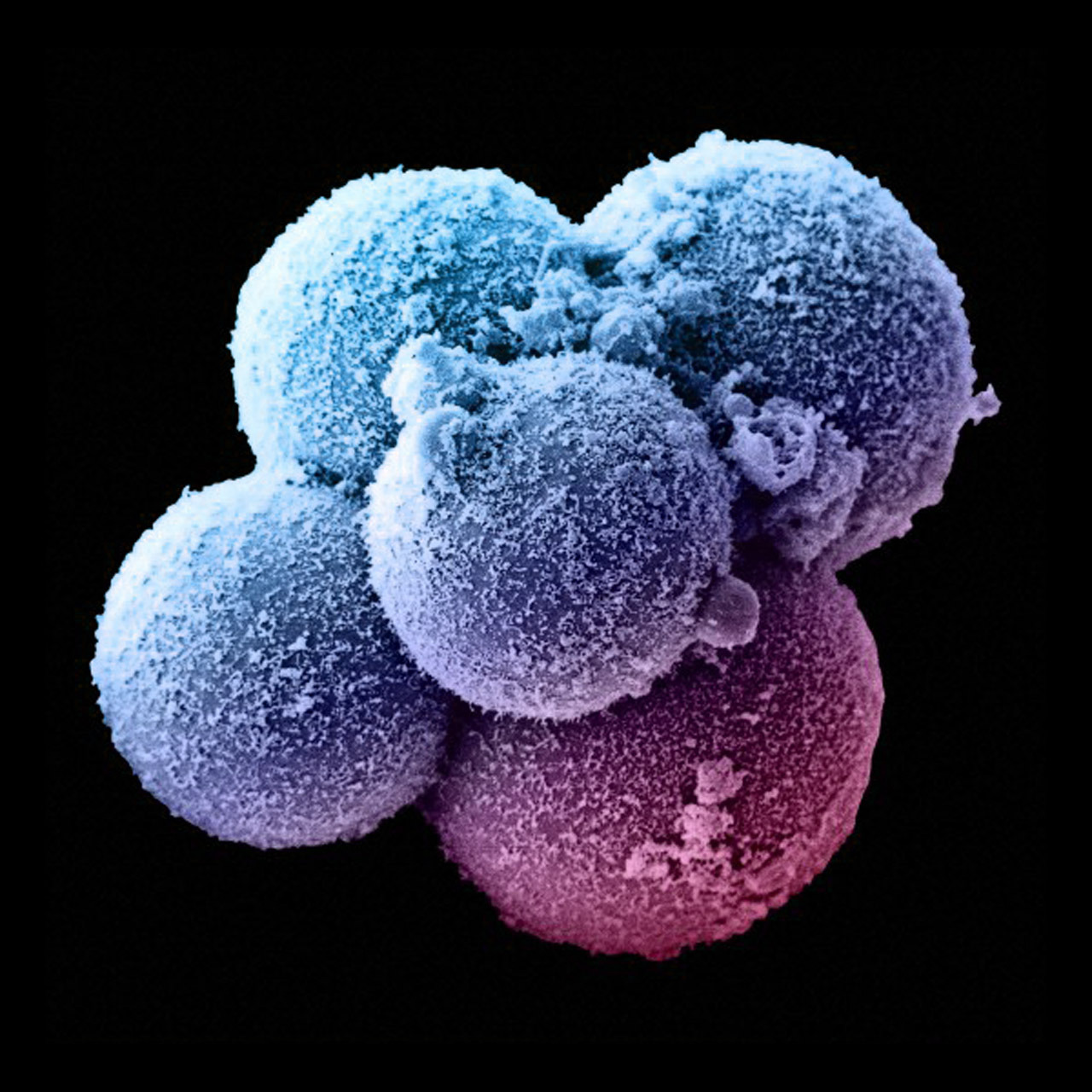 Human zygote.
Human zygote.
Human Person?
Any room for democratic debate?
The U.S. Teen Abortion Rate Is Now Lower Than It Was Before Roe v. Wade
http://theweek.com/speedreads/453841/teen-abortion-rate-now-lower-than-before-roe-vs-wade
Compendium Of Pax Posts On Abortion

Human zygote.
Human Person?
Any room for democratic debate?
The U.S. Teen Abortion Rate Is Now Lower Than It Was Before Roe v. Wade
http://theweek.com/speedreads/453841/teen-abortion-rate-now-lower-than-before-roe-vs-wade
Treat Every Man Who Wants To Buy A Gun Like Every Woman Who Wants An Abortion
The surprising history of abortion in the United States
VIDEO: http://www.cnn.com/2016/06/23/health/abortion-history-in-united-states/Story highlights
- Until about 1880, abortion was allowed and widely practiced in the United States
- The American Medical Association led the crusade to ban abortion in the 19th century
(CNN)There was a time when abortion was simply part of life in the United States. People didn't scream about it in protest, and services were marketed openly.
Drugs to induce abortions were a booming business. They were advertised in newspapers and could be bought from pharmacists, from physicians and even through the mail. If drugs didn't work, women could visit practitioners for instrumental procedures.
The earliest efforts to govern abortions centered on concerns about poisoning, not morality, religion or politics. It was the mid-19th century, long before abortion became the hot-button issue it is now.
All of this is according to historian Leslie Reagan, whose 1996 book on abortion history in the United States is considered one of the most comprehensive to date.
On Monday, the Supreme Court issued a decision in Whole Woman's Health v. Hellerstedt, which has been called the biggest abortion case to hit the high court in two decades. In a 5-3 ruling, the high court struck down a controversial Texas abortion law, giving a victory to abortion rights groups. But it came as many states have clamored to ramp up abortion restrictions.
Since 1973, when Roe v. Wade legalized abortion across the United States, states have enacted more than 1,074 laws to limit access to the procedure,according to the Guttmacher Institute, a sexual and reproductive rights organization. More than a quarter of these laws passed between 2010 and 2015.
It wasn't always like this, says Reagan, a professor of history, medicine, gender, women's studies and law at the University of Illinois.
So how did we get here?
With the help of Reagan, author of "When Abortion Was a Crime," and the nonprofit Our Bodies Ourselves, we set out to learn what abortion was like in America before 1973.
What we found was full of surprises.
The view from centuries ago
In the 18th century and until about 1880, abortions were allowed under common law and widely practiced. They were illegal only after "quickening," the highly subjective term used to describe when pregnant women could feel the fetus moving, Reagan said.
"At conception and the earliest stage of pregnancy, before quickening, no one believed that a human life existed; not even the Catholic Church took this view," Reagan wrote. "Rather, the popular ethic regarding abortion and common law were grounded in the female experience of their own bodies."
Though it is considered taboo in Christian traditions, until the mid-19th century, "the Catholic Church implicitly accepted early abortions prior to ensoulment," she explained. "Not until 1869, at about the same time that abortion became politicized in this country, did the church condemn abortion; in 1895, it condemned therapeutic abortion," meaning procedures to save a woman's life.
Abortions would become criminalized by 1880, except when necessary to save a woman's life, not at the urging of social or religious conservatives but under pressure from the medical establishment -- and the very organization that today speaks out in support of abortion access, Reagan explained.
In the Supreme Court's latest case, the American Medical Association voiced disapproval of the Texas abortion law when it joined the amicus brief led by the American College of Obstetricians and Gynecologists. Laws that impede the freedom of physicians to provide care using their best medical judgment are not supported by the AMA.
The association, an AMA spokesman said, "seeks to limit government interference in the practice of medicine and oppose government regulation of medicine that is unsupported by scientific evidence."
Back when it was still a fledgling organization, however, it began a crusade in 1857 to make abortion illegal, Reagan wrote. The impetus was manifold. Some of it came "out of regular physicians' desire to win professional power, control medical practice, and restrict their competitors," namely midwives and homeopaths.
But this was also a time, Reagan said, in which women were lobbying for entrance into Harvard Medical School, in part so they could pursue work in obstetrics and gynecology.
The force behind this 19th-century AMA anti-abortion campaign was Dr. Horatio Storer, a Harvard Medical School graduate who dedicated much of his practice to OB-GYN work before he died in 1922.
The crusade proved to be a form of backlash against the shifting aspirations of women. It was "antifeminist at its core," Reagan wrote.
The AMA pushed for state laws to restrict abortions, and most did by 1880. Then the Comstock Law, passed by Congress in 1873, banned items including abortion drugs.
But before abortions were banned, a woman known as Madame Restell ran abortion businesses from New York to Philadelphia and Boston. Her main clientele, Reagan wrote, were "married, white, native-born Protestant women of upper and middle classes."
Abortions, birth control and general efforts to manage the timing of pregnancy meant birth rates among white women were falling just as immigrants streamed into the United States. And the idea of being out-populated by "others" worried some anti-abortion activists like Storer. He argued that whites should be populating the country, including the West and the South. Better them than blacks, Catholics, Mexicans, Chinese or Indians, he said, according to Reagan.
"Shall these regions be filled by our own children or by those of aliens? This is a question our women must answer; upon their loins depends the future destiny of the nation," Storer said, according to Reagan's research.
"White male patriotism," she wrote, "demanded that maternity be enforced among white Protestant women."
During the Depression and beyond
Even after abortions became illegal, women continued to have them; they just weren't advertised the same way. Practitioners did their work behind closed doors or in private homes. Or women without means resorted to desperate -- and often dangerous or deadly -- measures.
At times, abortion rates increased in the face of the law. The Depression was a perfect example.
Specialists passed out business cards and opened up clinics, Reagan explained, and nobody bothered them. In that era, abortion wasn't seen as a women's issue, it was an economic issue.
In the 1950s and 1960s, the estimated number of illegal abortions ranged from 200,000 to 1.2 million per year, according to the Guttmacher Institute.
Inspired by the civil rights and anti-war movements, the women's liberation movement gained steam in the 1960s -- and reproductive rights took center stage.
Women with means had been able to get abortions by leaving the country or paying a physician in the U.S. a large fee for the procedure. Others weren't so lucky. They sought out back-alley procedures or took matters in their own hands: inserting knitting needles and coat hangers into their vaginas, drinking chemicals or douching with lye. These methods resulted in medical emergencies and, in some cases, death.
Some groups sprouted to help prevent such outcomes.
In the late 1960s, before abortion was legalized again in the United States, concerned pastors and rabbis set up the Clergy Consultation Service on Abortion to help women find safe illegal abortions.
An underground abortion service also was established by feminists in Chicago. The Abortion Counseling Service of the Chicago Women's Liberation Union, better known by the code name Jane, helped provide safe, supportive and affordable illegal abortions -- at first just through referrals. But then trained members began performing procedures themselves. Between 1969 and 1973, the members of the group provided more than 11,000 safe abortions, according to Laura Kaplan, author of "The Story of Jane."
The Rubella (or German measles) outbreak in the United States between 1964 and 1965 posed significant dangers to unborn children and played a big part in changing the conversation about abortion in the United States.
With the passage of Roe v. Wade in 1973, the U.S. Supreme Court legalized abortions in this country.
Now, in Latin America, where the Zika virus is threatening pregnancies, women there are seeking abortions at higher rates, a new study shows.
In most of those affected countries, though, abortion is highly restricted and, in some cases, downright illegal.

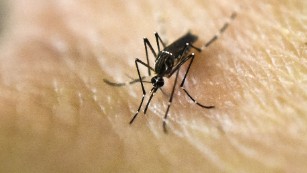
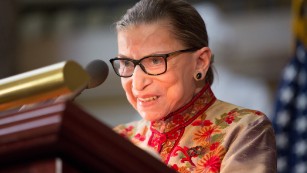
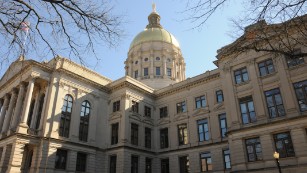
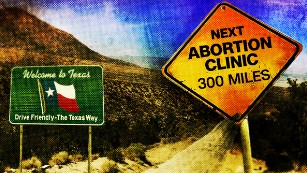
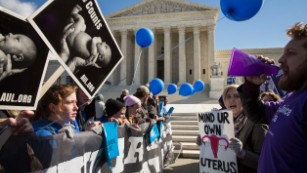
No comments:
Post a Comment